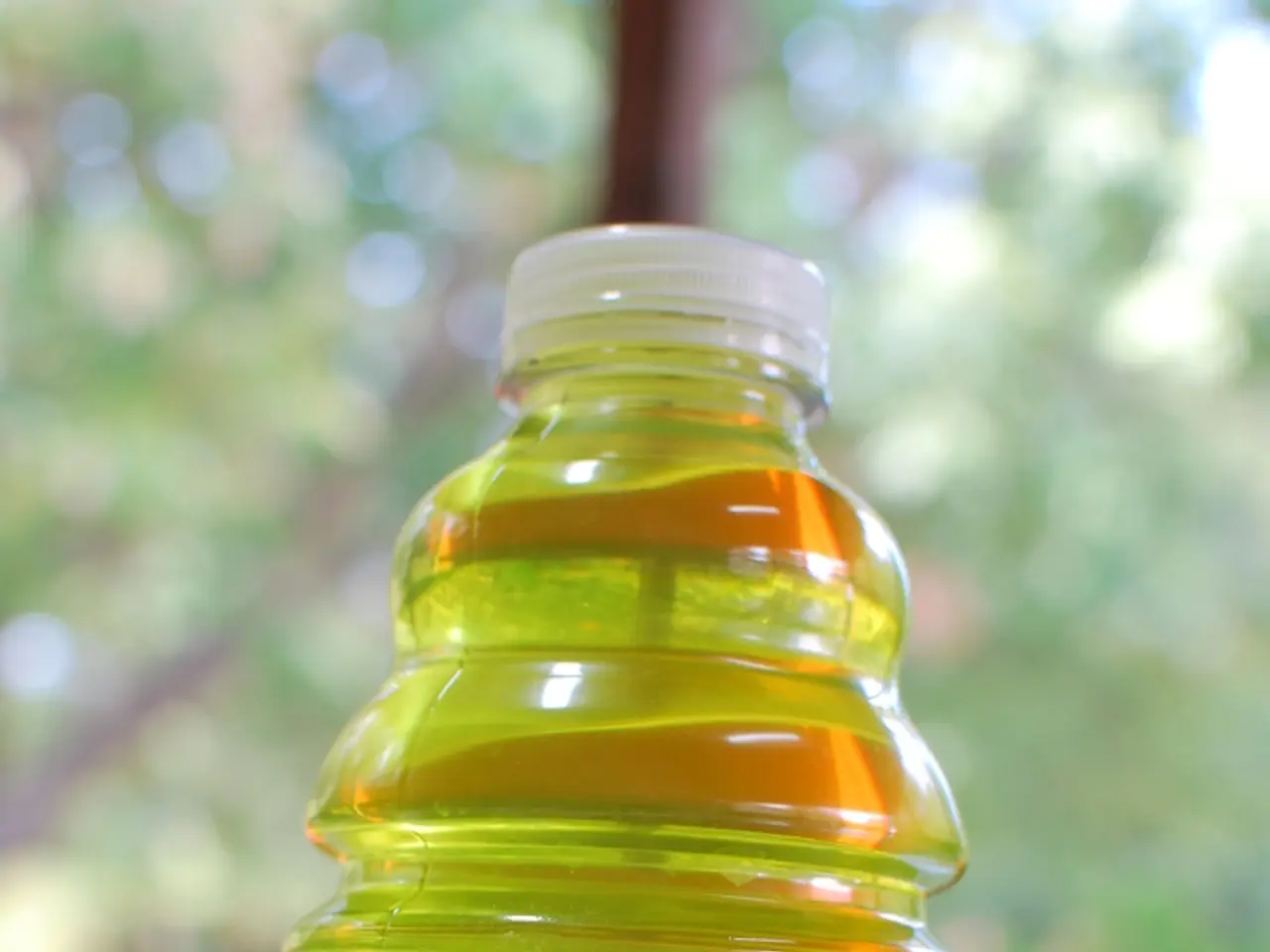Lowering Non-HDL Cholesterol Naturally: A Guide
Non-HDL cholesterol, the harmful type of cholesterol that increases the risk of heart disease and heart attacks, can be effectively managed through a combination of dietary changes, regular exercise, lifestyle adjustments, supplements, and, when necessary, medication.
Dietary Changes
Adopting a Mediterranean-style diet is a key strategy for lowering non-HDL cholesterol. This diet involves reducing saturated fat intake to less than 7% of total calories and eliminating trans fats, replacing them with heart-healthy unsaturated fats found in olive oil, avocados, nuts, and fatty fish (such as salmon). This dietary pattern can reduce non-HDL cholesterol by 10-15%.
Increasing soluble fiber intake is also important. Aim for 10-25 grams daily from oats, barley, beans, lentils, apples, and psyllium. Soluble fiber binds cholesterol in the gut, preventing its absorption and helping to lower non-HDL cholesterol by about 5-10 mg/dL per 5-10 grams of fiber consumed.
Incorporating 2-3 servings of fatty fish weekly and adding plant sterols/stanols (2 grams daily) through fortified foods or supplements can also help block cholesterol absorption. Limiting added sugars to under 25 grams daily and choosing whole grains over refined carbohydrates can further improve cardiovascular health.
Exercise and Lifestyle
Regular aerobic physical activity can improve cholesterol balance by raising HDL and lowering LDL and non-HDL cholesterol. Aim to engage in activities such as brisk walking, running, or swimming on a regular basis.
Quitting smoking and avoiding tobacco products is another crucial step. Smoking raises LDL and lowers HDL cholesterol, making it a significant risk factor for heart disease. Managing stress and ensuring sufficient sleep are also important for heart health and cholesterol control.
Supplements and Natural Remedies
Supplements such as garlic, oat bran, artichoke extract, barley, psyllium, and red yeast rice may complement cholesterol lowering, but they should be used under medical supervision. Plant sterols and increased soluble fiber sources act as natural cholesterol absorption blockers.
Medication
When lifestyle changes are insufficient, medications like statins remain the primary treatment for lowering non-HDL cholesterol. Alternatives to statins include cholesterol absorption inhibitors (such as ezetimibe), PCSK9 inhibitors, bile acid sequestrants, and ACL inhibitors. These drugs work by blocking cholesterol absorption, reducing cholesterol synthesis, or increasing LDL clearance, tailored by a physician based on patient needs.
In summary, the most effective approach to lowering non-HDL cholesterol combines a Mediterranean-style diet rich in unsaturated fats and soluble fiber, regular exercise, lifestyle improvements, and, when appropriate, pharmacological therapy under medical guidance for optimal non-HDL cholesterol reduction.
Persons seeking to establish optimal health-and-wellness and manage their non-HDL cholesterol levels can consider incorporating a Mediterranean-style diet with reduced saturated fats, eliminating trans fats, and increasing soluble fiber by adding oats, barley, beans, lentils, apples, and psyllium. Regular fitness-and-exercise, such as brisk walking, running, or swimming, can also improve cholesterol balance. For some, naive approaches might not be enough, and medical-condition assessments may reveal the need for science-backed medications like statins or alternatives such as ezetimibe, PCSK9 inhibitors, bile acid sequestrants, or ACL inhibitors, always under the supervision of medical professionals.




